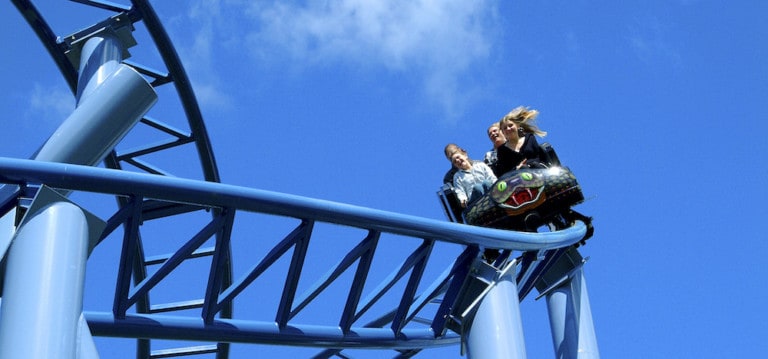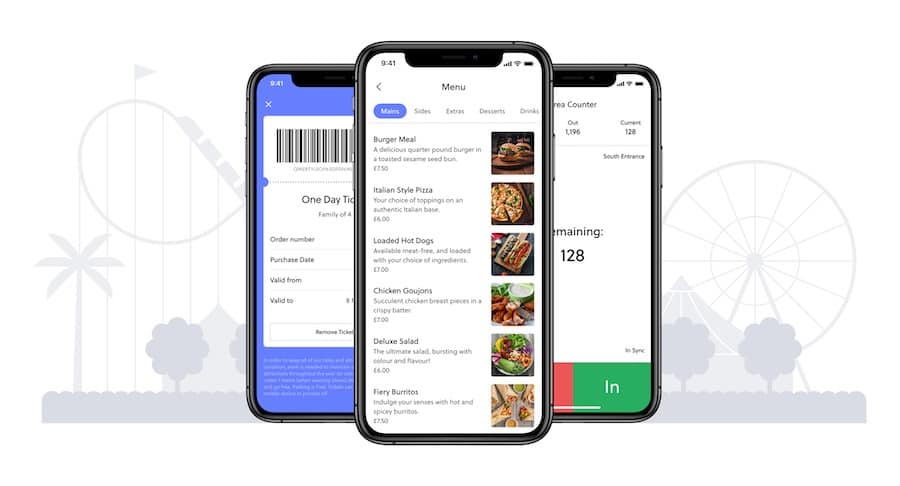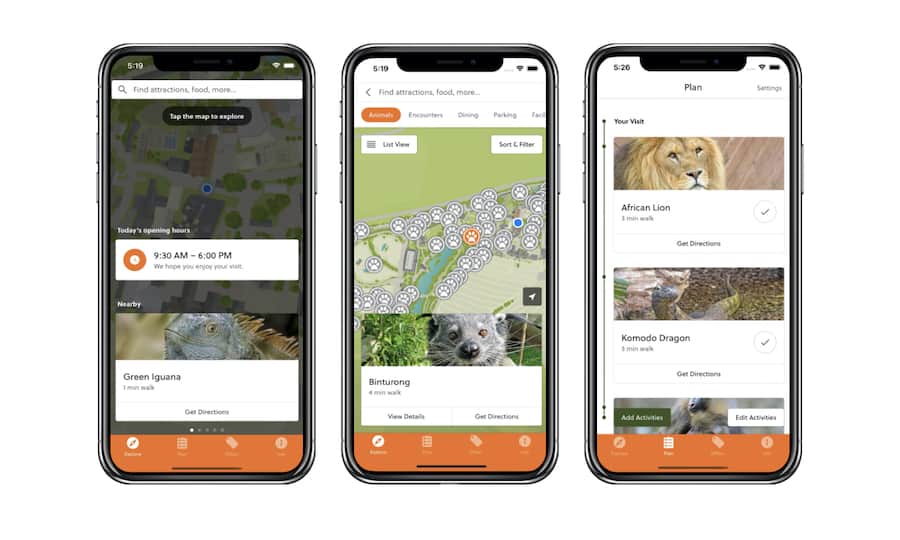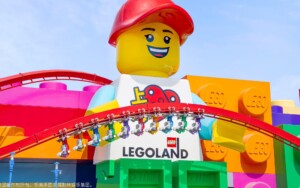Adapting to the new normal and still meeting guest expectations will be the defining challenge following the COVID-19 pandemic.
By Emma Jones, Attractions.io
 In the short term, adapting to the new normal has necessitated facilitating social distancing, increased cleaning, and other mandated requirements. However, in the long run, it will mean a more profound change. This change will be required not just to incorporate immediate health requirements but also to adapt to shifting guest expectations.
In the short term, adapting to the new normal has necessitated facilitating social distancing, increased cleaning, and other mandated requirements. However, in the long run, it will mean a more profound change. This change will be required not just to incorporate immediate health requirements but also to adapt to shifting guest expectations.
Guests’ expectations have never been static, but in many cases, the COVID-19 pandemic has accelerated the rate at which they change and brought forward the requirement for attractions to meet them.
Here are five guest expectations that we think will define the new normal, along with some insight into how attractions can meet them.
1. Social distancing

In a short space of time, social distancing went from a paradoxical phrase to a legal requirement. While it remains necessary from a health perspective, one of the most profound impacts of social distancing is financial.
For attractions, social distancing has meant reopening with dramatically less capacity. It is one of the defining features of the new normal. Although some level of social distancing is looking likely to remain a fact of life for the near to medium-term future, it doesn’t mean that attractions are going to become unviable, either.
Attractions have adapted to social distancing in several ways. They can change their layouts, close off certain sections, and reduce their operating capacity. But they can also successfully adapt similarly to how many other organisations do — through technology.
Adopting measures such as virtual queuing, remote food ordering, and cashless payments can help attractions meet guest expectations for social distancing post-COVID-19, without making expensive physical changes.
Doing so also allows attractions to stay ahead of accelerating trend movements towards digitisation.
2. Communication and low guest confidence
Many guests are just as likely to be concerned about their health now as they were several months ago. Despite a return to normality in many areas, consumer sentiment surveys show that the vast majority of consumers are no less worried about COVID-19 than they were in May this year.
The key to overcoming the lack of confidence this creates is making social distancing a part of your attraction’s appeal.
Attractions that show their guests, through their communication efforts and marketing, that they make customer and staff safety and hygiene a priority will inspire confidence among potential guests.
With health remaining one of the main concerns, guests are becoming increasingly selective about where they want to visit.
Communicating that you go above and beyond to keep your guests safe gives your attraction a defacto quality standard in the new normal. In the long-term, maintaining a focus on safety as part of your communications output is essential in order to meet guest expectations after COVID-19.
3. Changing guest demographics
Guest profiles are set to change dramatically, both because of the impact of COVID-19 and due to long-term demographic shifts.
Millennials and Generation Z already make up the bulk of the world’s population. Now they also make up the majority of consumers in most countries, too. While the trademark of consumers from both of these generations is to look online first when it comes to considering purchasing a product or experience, younger consumers increasingly expect physical experiences to gel with their digital equivalents.
Generation Z (anyone born after 1995), in particular, expect their digital and physical experiences to be integrated with one another.
For attractions, meeting the expectations of these guests, particularly in a post-COVID-19 world, means creating a seamless digital layer for guests to interact with before, during, and after their visit.
To tie in with the kind of experience that guests demand, this layer needs to be coherent and connected. Plus it needs to be available to guests in a familiar digital medium. The new normal has further accelerated the need to get ahead of this trend. Even older generations have become increasingly tech-savvy due to the demands of lockdowns.
4. Personalisation
Personalisation isn’t just something that guests want, they will increasingly expect it as part of their experience when visiting attractions, especially after COVID-19.
Consumers are increasingly willing to relax their attitudes towards data privacy to benefit from a personalised experience. Data from a recent survey indicates that 81% of people would share basic personal information in return for a personalised experience.
Consumers are increasingly willing to relax their attitudes towards data privacy to benefit from a personalised experience
We see this trend as a growing requirement for attractions across the entire guest journey. But particularly during the visit itself. This is an area where personalisation is currently glaringly absent. Personalisation is vital to gaining brand loyalty. This is something that 77 per cent of consumers feel brands could be doing more to earn.
For attractions, achieving a personalised on-site experience means allowing guests to feel like their visit is unique. This can mean targeting guests with customised messaging based on where and who they are. Or, looking for feedback at the right time, or giving guests access to the kind of personalised offers and deals that might best suit them.
These personalised experiences give guests the same sort of made-for-the-them experiences that are increasingly common online and across other areas of their lives.
5. A friction-free experience
One of the flipsides of changing demographic trends is growing consumer impatience. Whether it’s making an online purchase or visiting an attraction, tolerance for delays or friction is at an all-time low.
Health concerns emanating from the COVID-19 pandemic have only increased consumers’ intolerance for friction and their expectations for a frictionless experience.
For guests, friction is a forced interaction with anything that slows down their visit or makes them wait. For attractions themselves, friction is harmful. It reduces guest satisfaction and leads to less time spent in areas such as food and onsite retail.
Guests disliking waiting is nothing new. However, in the new normal, the sort of friction caused by having to wait in a queue or enter a crowded food court or shop can make or break someone’s visit. Reducing friction and meeting guest expectations means implementing new and more streamlined processes.
For instance, integrating the ability to order food remotely, plan visits dynamically, and queue virtually into your guest experience.
Final thoughts on meeting guest expectations after COVID-19
 The economic constraints created by operating in the new normal underlines the need to maintain the appeal of attractions for guests and keep their loyalty.
The economic constraints created by operating in the new normal underlines the need to maintain the appeal of attractions for guests and keep their loyalty.
Attractions must remain relevant and grow in the new normal and beyond. So, understanding how guest expectations are changing is vital. To find out more about how guest experience trends change in the new normal, and how you can stay ahead of them, download Attractions.io’s new report.
Top image, Cobra coaster, kind courtesy of Paultons Park.











